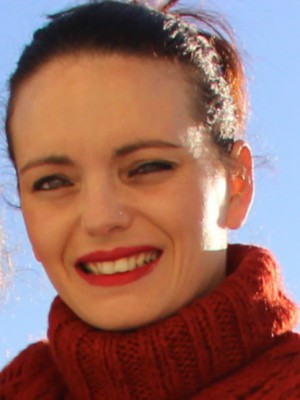abstract
The transthyretin amyloidoses (ATM) are devastating diseases characterized by progressive neuropathy and/or cardiomyopathy for which novel therapeutic strategies are needed. We have recently shown that curcumin (diferuloylmethane), the major bioactive polyphenol of turmeric, strongly suppresses TTR fibril formation in vitro, either by stabilization of TTR tetramer or by generating nonfibrillar small intermediates that are innocuous to cultured neuronal cells. In the present study, we aim to assess the effect of curcumin on TTR amyloidogenesis in vivo, using a well characterized mouse model for familial amyloidotic polyneuropathy (PAP). Mice were given 2% (w/w) dietary curcumin or control diet for a six week period. Curcumin supplementation resulted in micromolar steady-state levels in plasma as determined by LC/MS/MS. We show that curcumin binds selectively to the TTR thyroxine-binding sites of the tetramer over all the other plasma proteins. The effect on plasma TTR stability was determined by isoelectric focusing (IEF) and curcumin was found to significantly increase TTR tetramer resistance to dissociation. Most importantly, immunohistochemistry (IHC) analysis of mice tissues demonstrated that curcumin reduced TTR load in as much as 70% and lowered cytotoxicity associated with TTR aggregation by decreasing activation of death receptor Fas/CD95, endoplasmic reticulum (ER) chaperone BiP and 3-nitrotyrosine in tissues. Taken together, our results highlight the potential use of curcumin as a lead molecule for the prevention and treatment of TTR amyloidosis. (C) 2012 Elsevier B.V. All rights reserved.
keywords
TRANSGENIC MOUSE MODEL; ALZHEIMERS-DISEASE; FIBRIL FORMATION; IN-VIVO; POLYNEUROPATHY; PROTEIN; MICE; STABILIZATION; BIOAVAILABILITY; INFLAMMATION
subject category
Biochemistry & Molecular Biology; Biophysics; Cell Biology
authors
Ferreira, N; Santos, SAO; Domingues, MRM; Saraiva, MJ; Almeida, MR
our authors
acknowledgements
This work was supported by FEDER funds through COMPETE and Fundacao para a Ciencia e Tecnologia (FCT) under the project FCOMP-01-0124-FEDER-01182 (PTDC/SAU-ORG/116645/2010), Post-doc fellowship to Nelson Ferreira (SFRH/BPD/80356/2011), PhD fellowship to Sonia A. O. Santos (SFRH/BD/42021/2007) and a grant to the Associate Lab CICECO FCOMP-01-0124-FEDER-022718 (Pest-C/CTM/ LA0011/2011). The authors acknowledge technical assistance of Paula Goncalves for tissue processing.


